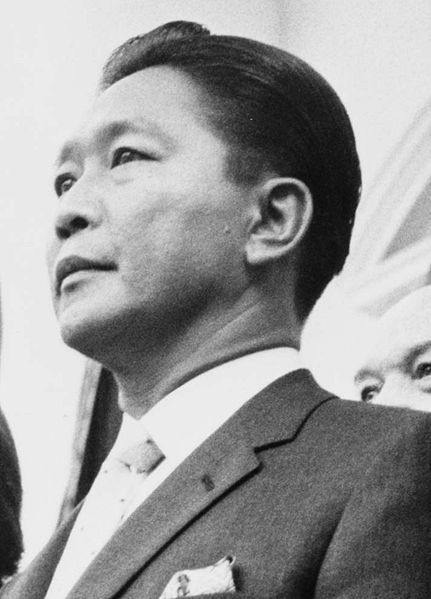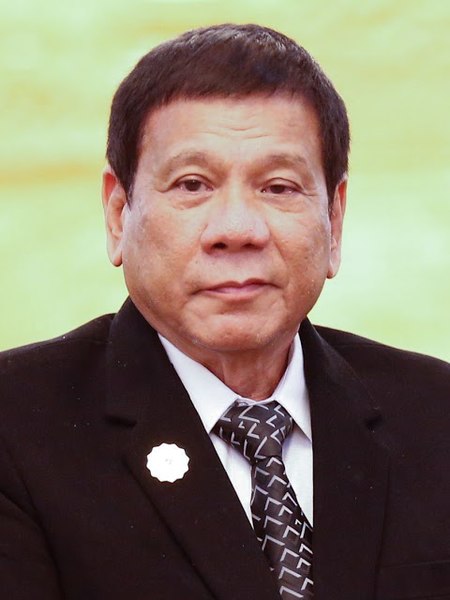Populism in Philippine Politics
Understanding populism
The term populism is used in politics and elections to refer to the idea that there are two groups in society that are always in conflict – the “common people” and the “elites or the rich”. Cas Mudde, author of Populism: A Very Short Introduction makes this distinction. Most often, the political leaders will always publicly declar they are for the interests of the “common people who are much more”, thus the use of the term “populist” or for the greater population. Most populists would also describe themselves as the leader of the masses against the common enemy, and this enemy is usually the current or previous government who is controlled by the elites.
When political analysts try to understand the abnormal popularity of a leader, the interpretation usually includes the very high acceptance rate of the general population of the public pronouncements and policies of the popular leader. But experts also observe that using the “populist” approach has been used by all actors in the political arena.
 For example, Mudde noted the rise of the rightists groups in the West have used populism, such as Marine Le Pen in France, Viktor Orban in Hungary and Donald Trump have combined populism (America First) with anti-immigration policies and authoritarian tendencies of political rule. On the other hand, the Latin America tradition of populism has come from the political left, and we are reminded of Chavez in Venezuela and Evo Morales of Bolivia. The same is true for the Podemos party of Spain and the Syriza party in Spain.
For example, Mudde noted the rise of the rightists groups in the West have used populism, such as Marine Le Pen in France, Viktor Orban in Hungary and Donald Trump have combined populism (America First) with anti-immigration policies and authoritarian tendencies of political rule. On the other hand, the Latin America tradition of populism has come from the political left, and we are reminded of Chavez in Venezuela and Evo Morales of Bolivia. The same is true for the Podemos party of Spain and the Syriza party in Spain.
Previous experiences of Philippine populist approaches
The Philippines is no stranger to leaders who use the populist approach. In the Independence revolution in the late 1890s, the Philippine independence movement was divided into two popular approaches. First was the “Katipuneros” who believed the Philippines needed and deserved to be a fully independent nation from the Spanish colonizers . The other movement merely wanted to “reform” the Spanish system of economic and political governance, and a sharing of economic opportunities to the middle and elite class. The two groups were led by leaders from different social backgrounds, thus the difference. Most (but not all) of the “independents” were workers and farmers who were oppressed by the cruel Spanish colonizers. The “reformists”, meanwhile were middle class and elite families who had some “political” or “economic” interests to protect while the Spanish were still in control.
There is the famous quote of former Philippine president Manuel Quezon which he elaborated in 1939 – “I would rather have a government run like hell by Filipinos, than a government run like heaven by Americans”.
Modern Philippine politics in mid-20th century relied on the populist approach of former President Carlos P. Garcia who issued the “Filipino First policy” in 1958, insisting that Filipinos should own and control our own industries (economic) and way of governance (politics), independent of American or even Western interests. This was a reaction from a post-war context where the Philippines was both recovering from the devastating effects of a global war, but there was also the opportunity to improve trade relations with the United States.
In these three examples that span six decades, we witness the intent of Filipinos political and military leaders to be identified by the general public as standing up for the interest and benefits of the Filipino people. So the messaging was “everyone should vote for me, because I know the best way how to lead the country so we don’t have to be poor”. However, very few of these political leaders actually came from a background of poverty. These politicians needed the need of the “ordinary and poor” citizens, and only knew how to communicate and relate to this needs of the citizens.
The Marcos dictatorship
This knowledge was used to the full by President Ferdinand Marcos during his regime for more than 20 years (1965-1986). With his political project of leading a “New Society”, Marcos created the illusion that his families (and friends) were the only group of leaders that can deliver this “New Society”. He then proceeded to paint the picture that those against him (like the communists and their armed faction the New People’s Army or NPAs) are enemies of the state. He also encouraged crony capitalism, giving perks to his political and economic allies, while orchestrating one of the largest systematic corruption in the world. Marcos stretched the image of populism by patronizing the arts and culture and embarking on massive infrastructure projects, and making sure that all of these are associated with his name and administration. He even commissioned a giant sculpture of his face in the mountains of Baguio City, the summer capital of the Philippines.
The post-EDSA (after 1986) politics in the Philippines is a continuing stage of populism. Filipinos usually vote and select political leaders as a “personal choice”, sometimes extending to “family or clan” choices. This means that the political leader must know and understand the common voter. And so most, if not all, political candidates use a populist approach. Cory Aquino (1986-1992) relied on the magic of her name, associated with his assassinated husband. Fidel Ramos (1992-1998) first used his “heroic role” in the EDSA revolution to become president, then eventually used his “Pilipinas 2020” dream to remain popular. Joseph Estrada (1998-2002) was basically a movie superstar, so popular that he easily won the election.
Rodrigo Duterte as a populist president
Then there was the unbelievable Duterte magic in 2016. His message was simple – he will solve the traffic problem, he will wage a war on drugs, and he will eliminate corruption. This was the very issues that every Filipino could identify with. And these problems have been present despite the promises of previous administrations. This message was reinforced by the image that Duterte has created as Mayor in Davao City for more than 20 years, administering it with an iron hand and allegedly, a very disciplined and almost drug free city.
Some of the urban legends that surround Duterte are the fight of the ordinary citizen. Some of these stories include: i) he forced a foreigner to eat a cigarette butt after violating the anti-smoking law; ii) punching a taxi driver for refusing to give the exact change to a passenger; and iii) threatening telephone companies that he won’t them allow them to enter Davao City if they wouldn’t give full coverage to the whole city and lower their rates.
Upon assuming office as President, Duterte simply followed the same populist formula. He cursed Catholic priests for their corruption; cursed EU for their alleged meddling in Philippine politics; he pursued a war on drugs and promised that millions of drug sellers and drug addicts will die during his term. He also embodies the “macho” leader (strong leader), and he is criticized for his views on women as sex objects.
Having political leaders as populist is a serious issues. In most instances, they say the right things that the ordinary citizen wants to hear. Making promises that is the dream of everyone. However, a populist president is prone to corruption, when leadership is centered on the individual and not on institutions. There is also the danger that the populist president will make the “popular” decisions, but not the correct policies to make sure that the economy and development is for the greater good.

























































